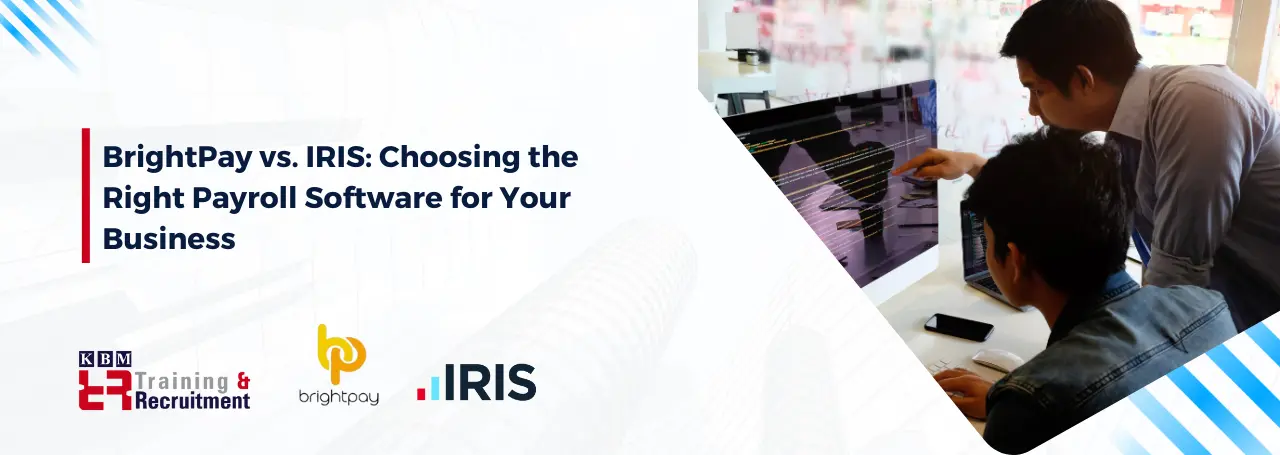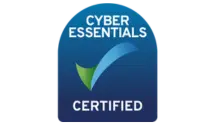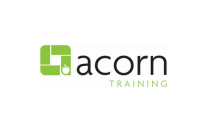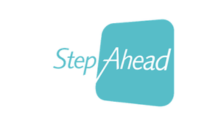In payroll management, selecting the right software is crucial for businesses of all sizes. As the demand for accuracy, compliance, and efficiency escalates, choosing between robust solutions like BrightPay and IRIS becomes pivotal. Both platforms offer many features, but understanding their nuances and aligning them with your business needs is essential for making an informed decision.
Understanding BrightPay and IRIS
- BrightPay Simplifying Payroll Management: BrightPay emerges as a user-friendly payroll software designed to streamline the payroll process. Its intuitive interface and comprehensive features cater to small and medium-sized businesses, providing tools for payroll calculations, automated submissions, and real-time reporting. The emphasis on simplicity and functionality makes it an attractive choice for companies seeking a straightforward payroll solution.
- IRIS Comprehensive Payroll and HR Integration: On the other hand, IRIS is a comprehensive payroll and HR software solution offering a broad spectrum of functionalities beyond payroll processing. Its integration capabilities extend to HR management, pension administration, and employee engagement tools. IRIS caters to medium to large enterprises, providing a holistic approach to managing payroll and HR needs within a single platform.
Comparative Analysis: BrightPay vs. IRIS
- Scalability and Customisation: BrightPay excels in its simplicity and ease of use, making it an ideal choice for smaller businesses looking for a straightforward payroll solution. However, its scalability might be limited for larger enterprises with complex payroll and HR requirements. With its broader features and customisation options, IRIS caters to businesses with more intricate needs, offering scalability to grow alongside the company's expansion.
- Feature Set and Compliance: BrightPay and IRIS prioritise compliance with constantly evolving legislation. BrightPay's feature set covers the essentials of payroll management, including PAYE, RTI submissions, and pension auto-enrolment, ensuring compliance with UK regulations. With its extensive functionalities, IRIS covers payroll compliance and provides tools for broader HR compliance, such as managing employee data, leave, and benefits.
- User Experience and Support: BrightPay's intuitive interface ensures a user-friendly experience accompanied by responsive customer support. It offers simplicity without compromising on functionality. Due to its broader scope, IRIS might have a steeper learning curve but compensates with dedicated support and training resources, which is particularly beneficial for businesses transitioning from legacy systems or seeking comprehensive HR integration.
Choosing the Right Fit for Your Business
- Considerations for Small and Medium Enterprises (SMEs): For SMEs seeking straightforward payroll management without the complexity of additional HR functionalities, BrightPay stands out as an efficient and cost-effective solution. Its simplicity, paired with compliance features, aligns well with the needs of smaller businesses.
- Considerations for Medium to Large Enterprises: IRIS is a robust choice for medium to large enterprises aiming for comprehensive HR integration and payroll management. Its scalability, broader feature set, and dedicated support cater to the complexities of larger organisations.
Cost Considerations: BrightPay vs. IRIS
- Pricing Models: BrightPay often stands out for its transparent and competitive pricing structure, which is especially attractive for smaller businesses. Its pricing is typically based on the number of employees, offering a scalable model that aligns with business growth. With its broader functionalities, IRIS often comes with a more complex pricing structure that might include additional costs for HR modules and enterprise-level features.
- Total Cost of Ownership (TCO): Calculating the total cost of ownership involves considering the initial investment and ongoing maintenance, training, and potential upgrades. While BrightPay might present a lower upfront cost, IRIS's additional functionalities might result in a higher TCO but could provide more value for businesses requiring comprehensive HR and payroll integration.
User Reviews and Satisfaction
- Customer Feedback and Ratings: Examining user reviews and ratings from businesses using BrightPay and IRIS can offer valuable insights. BrightPay is often praised for its simplicity, ease of use, and responsive customer support. Conversely, IRIS receives commendations for its comprehensive features, although some users might highlight a steeper learning curve and the need for extensive training.
- Industry Reputation and Reliability: Considering the reputation and reliability of both software solutions within your industry can be insightful. Investigating case studies or seeking recommendations from similar businesses can provide practical perspectives on how each system performs in real-world scenarios, aiding in making an informed decision.
Future Advancements and Support
- Technology Roadmap and Upgrades: Exploring the technology roadmap and planned upgrades for BrightPay and IRIS can provide insights into their commitment to innovation. Understanding their plans for integrating emerging technologies, improving user experience, and staying updated with regulatory changes can influence your decision, mainly if your business aims for long-term compatibility and growth.
- Support and Training: Examining the support and training resources provided by both platforms is crucial. Assessing the availability of training materials, user guides, and customer support channels ensures that your team can efficiently onboard the software and receive adequate assistance when encountering challenges or seeking enhancements.
Making the Decision: Towards Optimal Payroll Management
Considering the various facets — from cost implications and user feedback to prospects and support offerings — enables businesses to make a strategic choice aligned with their specific payroll and HR needs.
The decision between BrightPay and IRIS isn't just about features and pricing; it's about finding the right fit that complements your business's current requirements while accommodating future growth and regulatory changes.
You can decide wisely by looking at these critical factors and matching them with your business goals. This helps move your organisation towards managing payroll efficiently, following rules, and being ready for the future.
The Bottom Line
In conclusion, whether it's the simplicity of BrightPay or the comprehensive capabilities of IRIS, choosing the right payroll software involves a holistic assessment that encompasses financial considerations, user satisfaction, future developments, and alignment with your business's long-term goals.






















